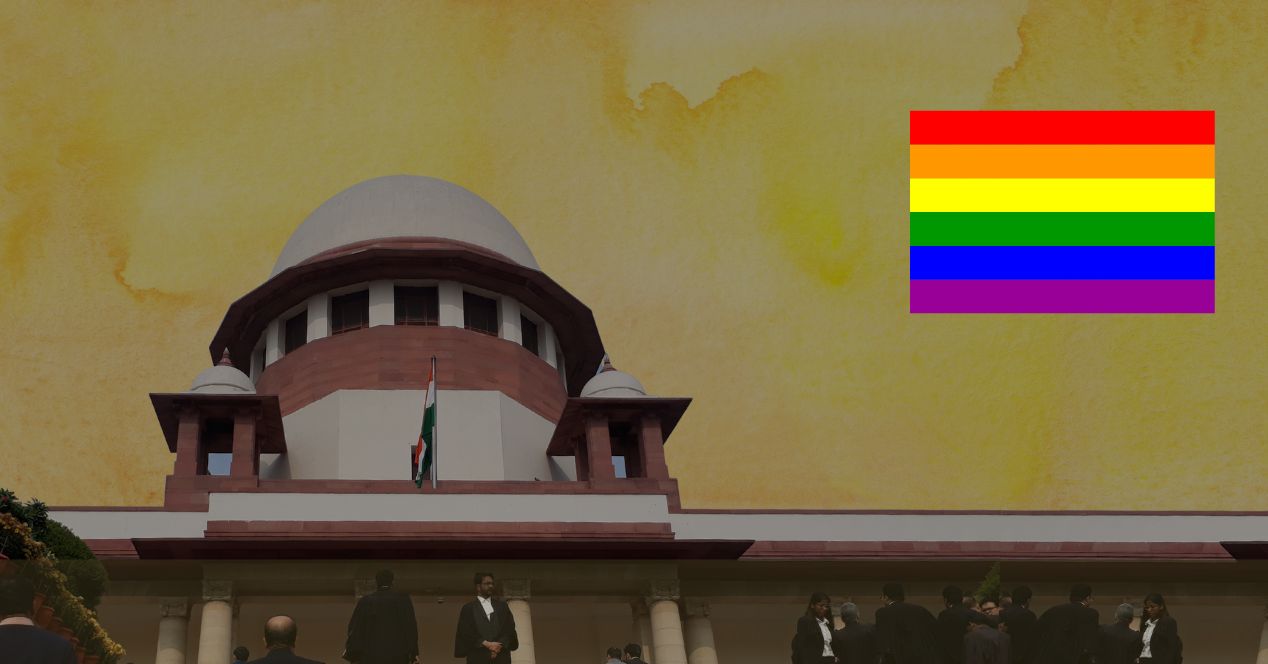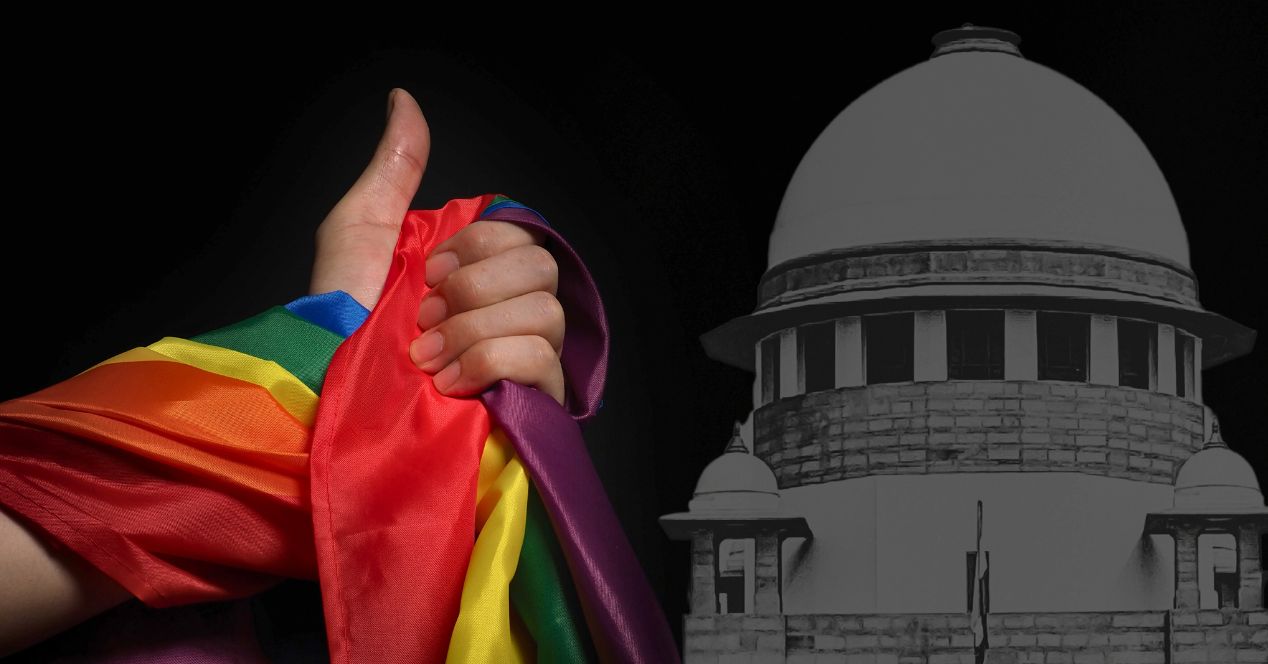Analysis
Beyond the binary: Supreme Court reclaims the promise of transgender equality
The Court is clear that transgender rights require not just their declaration, but an architecture for their enforcement

The Supreme Court’s judgement in Jane Kaushik v Union of India, delivered on 17 October 2025, reopens a conversation about what equality truly demands for transgender persons. The judgement, pronounced by a Bench of Justices J.B. Pardiwala and R. Mahadevan, represents both a rebuke of bureaucratic neglect and a reaffirmation of constitutional compassion.
From recognition to realisation
The Court’s recognition of the right to self-identify one’s gender in NALSA v Union of India (2014), was celebrated as an epochal moment. The subsequent enactment of the Transgender Persons (Protection of Rights) Act, 2019 and the 2020 Rules promised a legal scaffold for this recognition. Yet, as Jane Kaushik demonstrates, the distance between promise and practice remains vast. The Court found that state institutions have displayed a “grossly apathetic attitude” toward implementing the Act and its Rules. The Court attributed this to deep-rooted societal stigma and the lack of bureaucratic will.
The petitioner, a transwoman teacher, had been dismissed by private schools in Uttar Pradesh and Gujarat after she revealed her gender identity. The Court refused to treat her experience as an isolated instance. Instead, it placed the case within the broader constitutional arc that connects substantive equality under Article 14 with dignity under Article 21 — insisting that the two are inseparable for transgender citizens.
The Court’s mandate
The Court set up an eight-member Advisory Committee headed by former Delhi High Court judge Asha Menon. The committee, the Court held, would consult stakeholders and formulate a practical policy draft or report for the Union’s consideration, to give effect to the provisions of the 2019 Act. In particular, the Committee is tasked with formulating a viable and comprehensive equal opportunity policy for the transgender community in the arenas of employment and education. The Committee has been asked to suggest suitable measures to accommodate transgender persons reasonably in public spaces and workplaces, without them being forced to keep their identity a secret or reveal their identity, violating their right to privacy.
The Court then directed the Union government to frame its own equal opportunity policy within three months of receiving the report from the Advisory Committee.
Critique of the 2019 Act
The Court reasoned that reasonable accommodation was implicit in the 2019 Act and was a positive obligation on the state. However, the 2019 Act only spells out rights for transgender persons, and falls short of creating any mechanism for them to realise the benefit of these rights—thereby aggravating their struggle. This is so because the 2019 Act, the Bench observed, does not spell reasonable accommodation the way it is done in the Rights of Persons with Disabilities Act, 2016. However, the decisions of the Supreme Court in NALSA and Shanavi Ponnuswamy v Ministry of Civil Aviation (2022) have employed the concept of reasonable accommodation in the context of discrimination faced by transgender persons in employment.
The Bench observed that the 2019 Act represents a significant step towards giving horizontal application to constitutional rights, as it imposes enforceable duties on both the State and private establishments to prevent discrimination against transgender persons. The Court noted with dismay that the Act’s limited enforcement mechanisms weakened its transformative potential. The Court, therefore, reminded non-State actors to guarantee the non-discrimination against transgender persons who continue to be victims of prejudice, stigma and social stratification. The Bench criticised the 2019 Act for diluting the sanctity of the right to self-determination as envisioned in NALSA.
No need for permission from employer for SRS
Equally significant is the Court’s clarification that no transgender or gender diverse person is bound to take permission from their employer to undergo gender-affirming medical procedures such as Sexual Reassignment Surgery (SRS), unless the nature of their work is such that it is based on one’s gender identity. Employers, it said, may only require a reasonable notice to update records or workplace documentation.
Rationale for compensation
The Court noted that the petitioner was entitled to be awarded compensation as she had suffered due to the violation of her fundamental rights. Otherwise, it would render the fundamental right a hollow promise, the Bench held.
The Bench reasoned that it is not just state action, that is amenable to review, but also omissions, especially those that result in the state failing to fulfil its obligation to protect fundamental rights. “If not for such inaction and apathy, the petitioner would have been in a significantly better position to exercise her rights, especially those related to employment”, the Bench held.
The Bench directed the two schools, the Union government and the state of Uttar Pradesh and Gujarat to pay ₹50,000 each as compensation. The Bench reasoned that the Union and the state governments were liable due to their failure to provide relevant mechanisms which prevented her from seeking appropriate redressal.
Excoriation of the Union and the States
The judgement includes a searing critique of the Union’s inaction. The Bench observed that the Union feigned ignorance and chose not to act, despite clear directions of the Court, in its order dated 8 September 2022, to develop suitable measures and place a policy on record.
The judgement cited the answer of Sushree Pratima Bhoumik, the then Union Minister of State, for Social Justice and Empowerment, who in the Rajya Sabha stated that there was no need for any policy as the 2019 Act provided appropriate remedies. The Court described the Union’s intentions as “limpid”, stating : “Such a stance is in blatant disregard to the mandate of Chapter IV of the 2019 Act which obligates the appropriate Government to take steps in order to secure the full and effective participation of transgender persons and their inclusion in society”. The Bench found the persisting inaction as deeply disturbing.
The Bench noted with dismay that States other than West Bengal, Tamil Nadu and Delhi, have not brought forth any rules along the lines of the 2020 Rules to implement the 2019 Act. It found that Odisha and Kerala were the only States that undertook comprehensive policy measures. “The other States have situated themselves in a comfortable silence”, the Court noted.
Moreover, the Bench noted that only 11 states had formed Transgender Protection Cells under Rule 11 of the 2020 Rules. It reminded the States that there was a mandatory obligation to craft an anti-discrimination and equal opportunity policy within two years of the enforcement of the Rules. Further, states were to formulate a grievance redressal mechanism in every such establishment in the form of a complaint officer within 30 days from the enactment of the Rules.
Re-anchoring equality
What sets Jane Kaushik apart is its tone: If NALSA was about recognition, Jane Kaushik is about responsibility. The Court is no longer content to declare rights; it insists on the architecture for their enforcement. This shift—from judicial empathy to judicial insistence—signals a more mature phase in India’s gender-justice jurisprudence.
The Road ahead
Yet, the decision’s transformative potential depends on execution. Courts can issue directions, but implementation lies in the hands of governments, employers and institutions. The three-month timeline for an equal-opportunity policy is ambitious, and experience suggests that compliance often falters once judicial attention wanes. The question, therefore, is whether the Court would create monitoring mechanisms, so that the new committee does not risk becoming another paper tiger.
Moreover, while the Court awarded compensation to the petitioner, it stopped short of addressing systemic discrimination across the private sector. The problem is not confined to one school or employer; it pervades hiring practices, access to healthcare, and the absence of gender-neutral infrastructure. These silences reveal the limits of adjudication: the Court can ignite reform but cannot legislate empathy.
Still, Jane Kaushik does something vital—it re-centres transgender persons within India’s equality discourse. By combining doctrinal fidelity with moral clarity, it renews the constitutional imagination that NALSA once kindled.
A Constitutional reckoning
In a sense, Jane Kaushik confronts not only prejudice in society but complacency within the state. It reminds us that constitutional promises are not self-executing—they require constant judicial and civic vigilance.
Jane Kaushik may not answer every question of transgender justice, but it reaffirms the most important one: whether the State is willing to see, hear and act for those at the margins of visibility. In that sense, it is a call to conscience, urging every institution to translate recognition into real equality.




